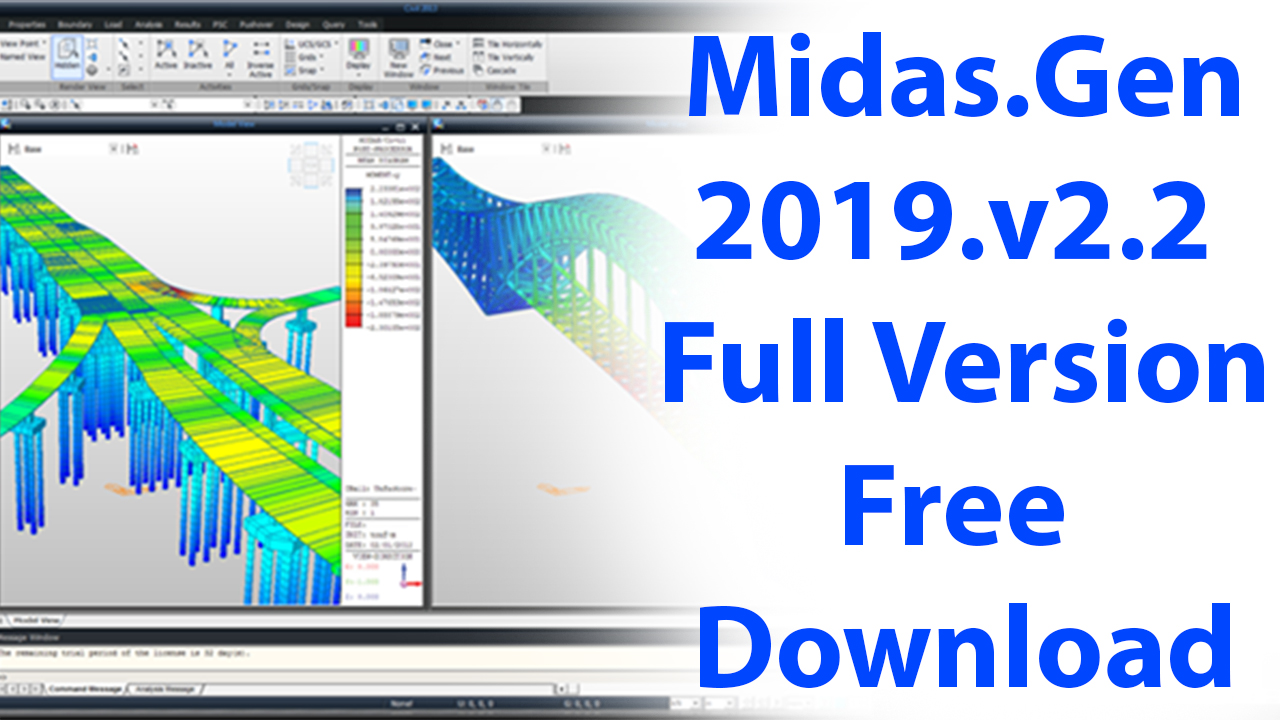

Response Spectrum Analysis Purpose of RS analysis: Dynamic analysis of a structure subjected to earthquake excitation using the response spectrum. The response spectrum analysis uses the natural periods from the eigenvalue analysis.ģ.

Eigenvalue analyses must precede dynamic analyses such as Modal Time History analysis or Response spectrum analysis. Eigen Value Analysis Step 2: Eigen Value Analysis ResultsĪ) Natural modes (or mode shapes) B) Natural periods (or frequencies) C) Modal participation factors. Eigen Value Analysis To convert the final stage Cable forces to be used for determining cable stiffness for the Eigen Value AnalysisĢ. The Ritz Vectors are generated reflecting the spatial distribution or the characteristics of the dynamic loading.Ģ.

Ritz Vectors Unlike the natural eigenvalue modes, load dependent Ritz vectors produce more reliable results in dynamic analyses with relatively fewer modes. Eigen Value Analysis Analysis -> Eigen Value Analysis Control If the model is complex this analysis is fast.Ģ. This method is effectively used when performing eigenvalue analysis for lower modes. Lanczos Tri-diagonal Matrix is used to perform eigenvalue analysis. Subspace Iteration This method is effectively used when performing eigenvalue analysis for a finite element system of a large scale (large matrix system) Eigen Value Analysis Step 2: Defining Eigen Value Analysis Control Analysis -> Eigen Value Analysis Control Eigen Value Analysis Consistent Mass can be defined in:ġ. Model -> Masses -> Load to MassesĬonsider the mass at the centroid of the section If the offset is defined.Ģ. Eigen Value Analysis Lumped mass can be defined in:ġ. Specifying Structure Mass Defining Eigenvalue Analysis Control Eigenvalue ResultsĢ. Eigen Value Analysis Procedure of Eigenvalue Analysis: Contents: Introduction Eigen Value Analysis Response Spectrum Analysis Pushover Analysis Time History AnalysisĢ.


 0 kommentar(er)
0 kommentar(er)
